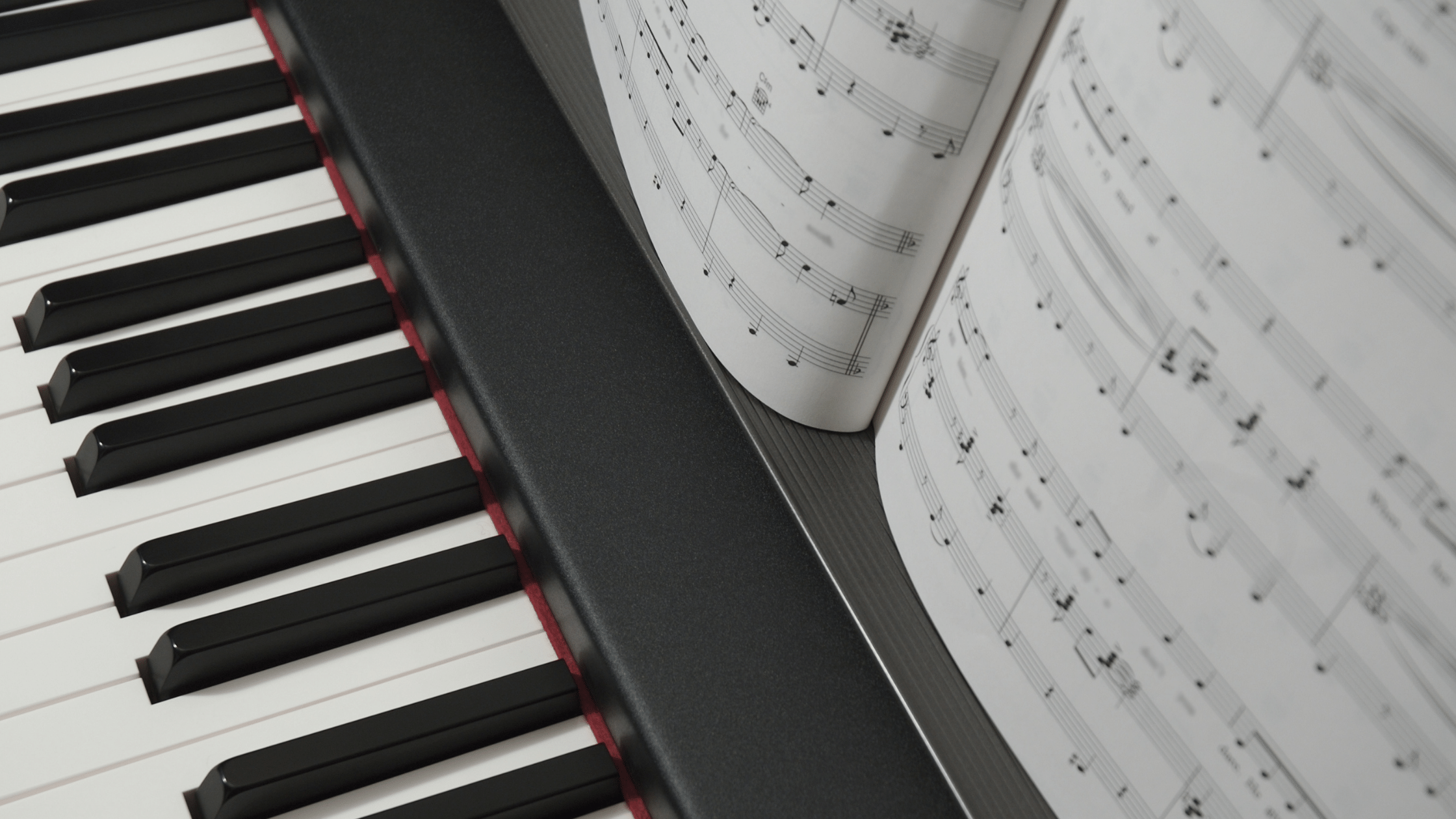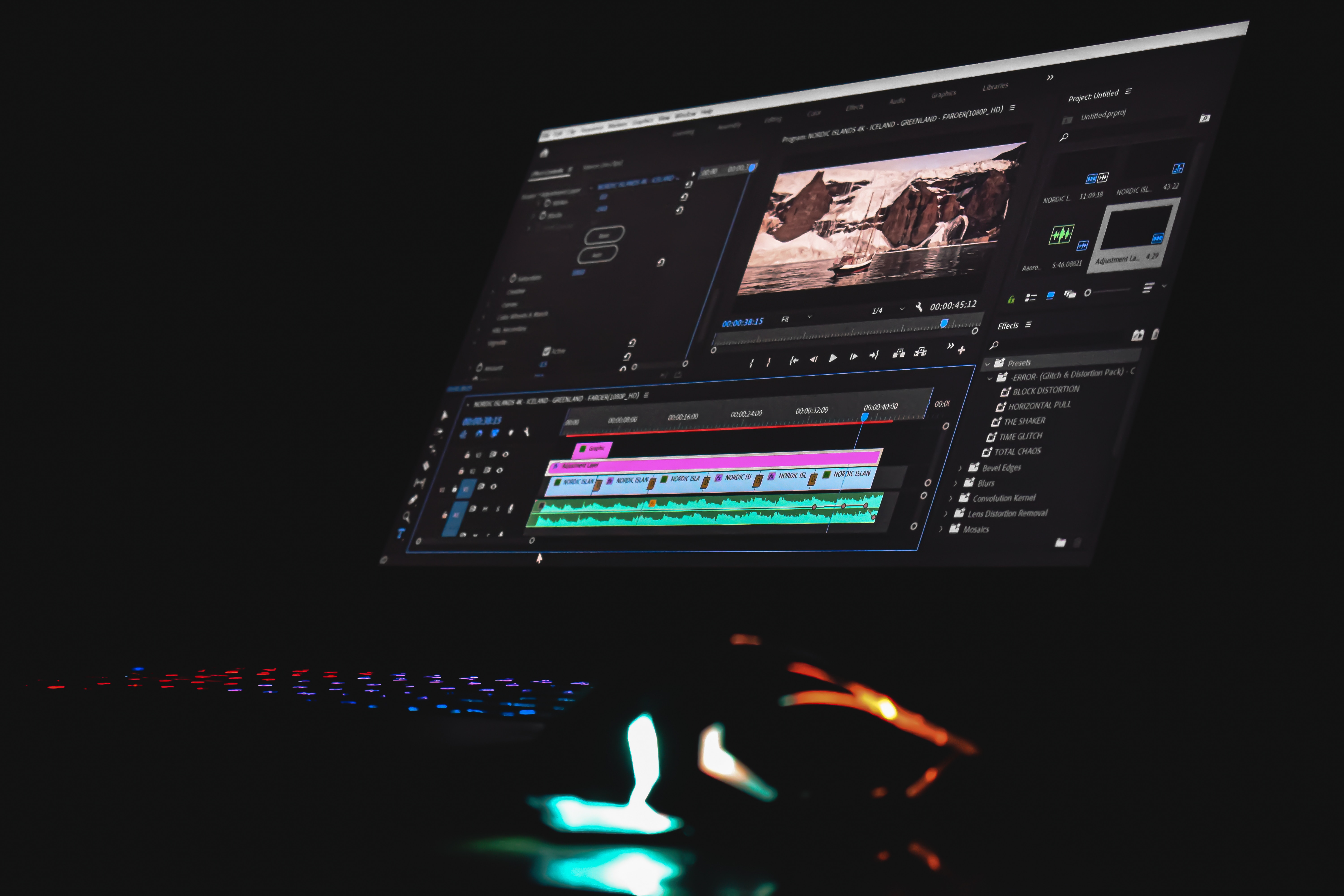Video producers and other creators looking to add some flair to their videos naturally turn to music to add that extra dimension. But rights can be a big headache, particularly if they use the wrong piece of music and find themselves the target of take-down letters or find their video muted on YouTube. The reason for these headaches lies in copyright.
Copyright simply means that the creator or owner of a piece of intellectual property has the right to make copies of it, or else license others so they have the right to use it in certain contexts. Copyright exists to protect the rights of artists so they can make a living from their work.
The internet is a wonderful place, but it can also sow a lot of confusion about ownership, music, and copyright. This article aims to clear up some common misconceptions about copyright as it relates to music, and answer the question, "What does royalty-free music mean?"
What Is Copyright-Free Music?
Copyright exists to protect the rights of creators or owners of intellectual property. There are limits on who can use a piece of art that has been copyrighted — for example, it's illegal to pirate movies that are copyrighted by their author studios.
Music that has either never been copyrighted or whose copyright has expired is said to be in the public domain. The use of copyrighted material comes with any number of legal restrictions. In contrast, public domain means that literally anyone can use it, but no one can ever own it. Copyright protects artistic expression but not facts or short phrases, to name two exemptions. Typically, musicians receive royalties whenever their music is played, streamed, or included in a soundtrack. Royalties are ongoing payments for use of copyrighted work.
Music is usually copyrighted, although some artists who dislike the entire system of copyright will specify that their music is in the public domain — this is called dedication. But these are few and far between, as most creators want to profit from their creations. The copyright system is set up so that owners of intellectual property can then license rights to their creations or transfer ownership, as in recent headlines about musicians selling rights to Wall Street firms and investors.
Examples of Copyright-Free Music
Copyright-free music effectively means the public domain. Most public domain music falls into two categories:
1. Music That Was Created Before Copyright Laws Existed
This refers to works published in the U.S. before 1924. Obvious examples include most classical compositions, which precede copyright laws by at least a hundred years, and many jazz and Dixieland recordings.
2. Music Whose Term of Copyright Has Expired or Failed To Be Renewed
If a work of art was created between 1923 and 1964 and its copyright was not renewed, it's in the public domain.
Works of music are constantly coming into the public domain as their copyright term — typically 75 years — expires. This means that a lot of classic songs are in the public domain with new entries every year, along with classic novels and some movies.
3. Music Whose Copyright Was Never Registered
Sometimes, creators simply forget to register their work as copyrighted, in which case their work is in the public domain.
Complications With Music and Copyright
Musical rights can be quite complicated, even when works are labeled as public domain on the internet. That's because when it comes to music, there are many stakeholders — distributor, composer, artist, etc. — each of whom has rights they can assert. So an underlying composition may be in the public domain, but a particular recording a producer wants to use is copyrighted.
This is almost certainly the case when it comes to recordings by famous symphonies or remastered versions of classic songs. Copyright law is full of quirks. In poetry, for example, specific poems may be in the public domain, but particular collections and translations can be copyrighted, as it's the expression of an idea that counts for copyright purposes.
When it comes to music on the internet that purports to be copyright-free, it's important to exercise caution. Fines for using copyrighted music can be high, even if it was mislabeled and there's no malicious intent. It can be disruptive to a brand if a video is taken down for being in violation of copyright law. And it's simply unpleasant to have to deal with cease and desist letters.
What Is Royalty-Free Music?
Most agreements involving copyrighted music mean that anyone who uses it pays royalties on an ongoing basis, which is the case for music played on satellite radio, streaming services, in movie and TV soundtracks, and so on. It's even the case for music played when callers are waiting on hold or sweating on cardio machines in gyms. These royalties are collected by Performance Rights Organizations (PROs), the largest of which is the American Society of Composers, Authors, and Publishers (ASCAP).
Royalty-free music differs from this system. Royalty-free music is copyrighted, but users only have to pay a one-time fee in order to make use of it. This fee gives them the license to use the music as many times as they want for looping it in the same presentation or using it across videos to create a sense of brand unity, for example.
Royalty-free music can be of excellent quality and is often created by artists looking for another creative outlet. Sometimes it's simply original music, and sometimes it can be created to sound reminiscent of music that is popular but would be too expensive or otherwise off-limits for a small business to license.
To sum up, royalty-free music is copyrighted, but the copyrighted owner gives permission to users to license it for an upfront fee rather than ongoing payments.
Is Royalty-Free the Same as Copyright-Free?
No, these two kinds of music are actually different. What is the difference between no copyright and royalty-free music? Royalty-free music is copyrighted but allows for users to license tracks by making a one-time payment rather than by paying ongoing royalties, which is typical with most copyrighted music. Once the payment is made and the agreement signed, it can be used as many times as the licensee wishes without making additional payments.
By contrast, copyright-free music means there's no copyright, so the music is in the public domain. As explained above, this could be because the copyright has expired or because there was no copyright put on the music in the first place.
There is another category of musical rights beyond these two — the Creative Commons (CC) license. There are actually six distinct kinds of CC licenses, which aim to make it easier to share creative work across the internet. But these six subtypes vary in terms of what rights are granted to users. They tend to involve giving credit rather than royalty payments. CC licenses can be trickier to use than they seem at first, so proceed with caution if a composition is credited as being under a CC license.
Royalty-free music means you don't have to worry about future payments or being in violation of copyright laws and issues.
Does Royalty-Free Mean Free?
No, royalty-free doesn't mean free. It could mean more affordable since users don't have to keep making royalty payments, but there is a fee involved. The good news is that the fees are usually affordable. stockmusic.net offers annual subscriptions that allow users to download as many tracks as they wish, as well as one-off purchases of tracks.
What does 100% royalty-free mean? It means that users pay that one-time fee and never have to worry about follow-up payments or surprising invoices.
Can I Use Royalty-Free Music On YouTube?
Yes, royalty-free music is perfect for YouTube videos, and it conforms to all of the legal requirements of their site. Many great YouTube videos make use of royalty-free music, as do other ad presentations, web commercial spots, and short films.
Royalty-free music just has to be purchased from a reputable site like stockmusic.net, which has sorted out all the legal issues YouTube creators might face in advance.
Public Domain Music vs Royalty-Free for Commercial Use
For the reasons stated above, royalty-free is safer for commercial use than public domain, if only because music advertised as public domain is not always in the public domain. It's a small, reasonable cost at the start of the process and worth building into an ad budget.
There are aesthetic reasons, too. Public domain music, being older, could be of poorer recording quality. Royalty-free music is generally created with the needs of video producers and creatives in mind.
When considering the choice of copyright-free vs royalty-free music, royalty-free music is the safer bet.
stockmusic.net: The Best Place for Your Royalty-Free Music Needs
stockmusic.net offers an outstanding selection of royalty-free music for any video producer's needs. It's all there and available in an easily searchable, well-organized site that can be browsed by genre, emotion, instrumentation, and even tempo to make sure that creators can find what they need. Best of all, it's guaranteed to be easy to use, unlike so much public domain music on the web that can bring with it a host of complications. Go to stockmusic.net and get searching today!





Pingback: How To Use Copyright Music - stockmusic.net Blog